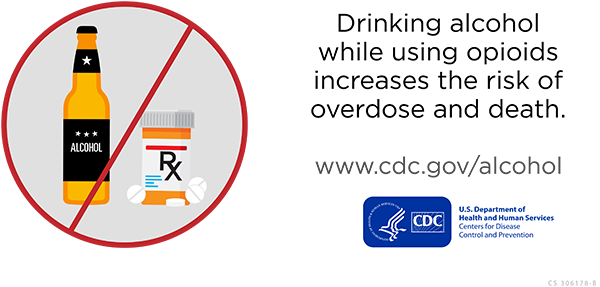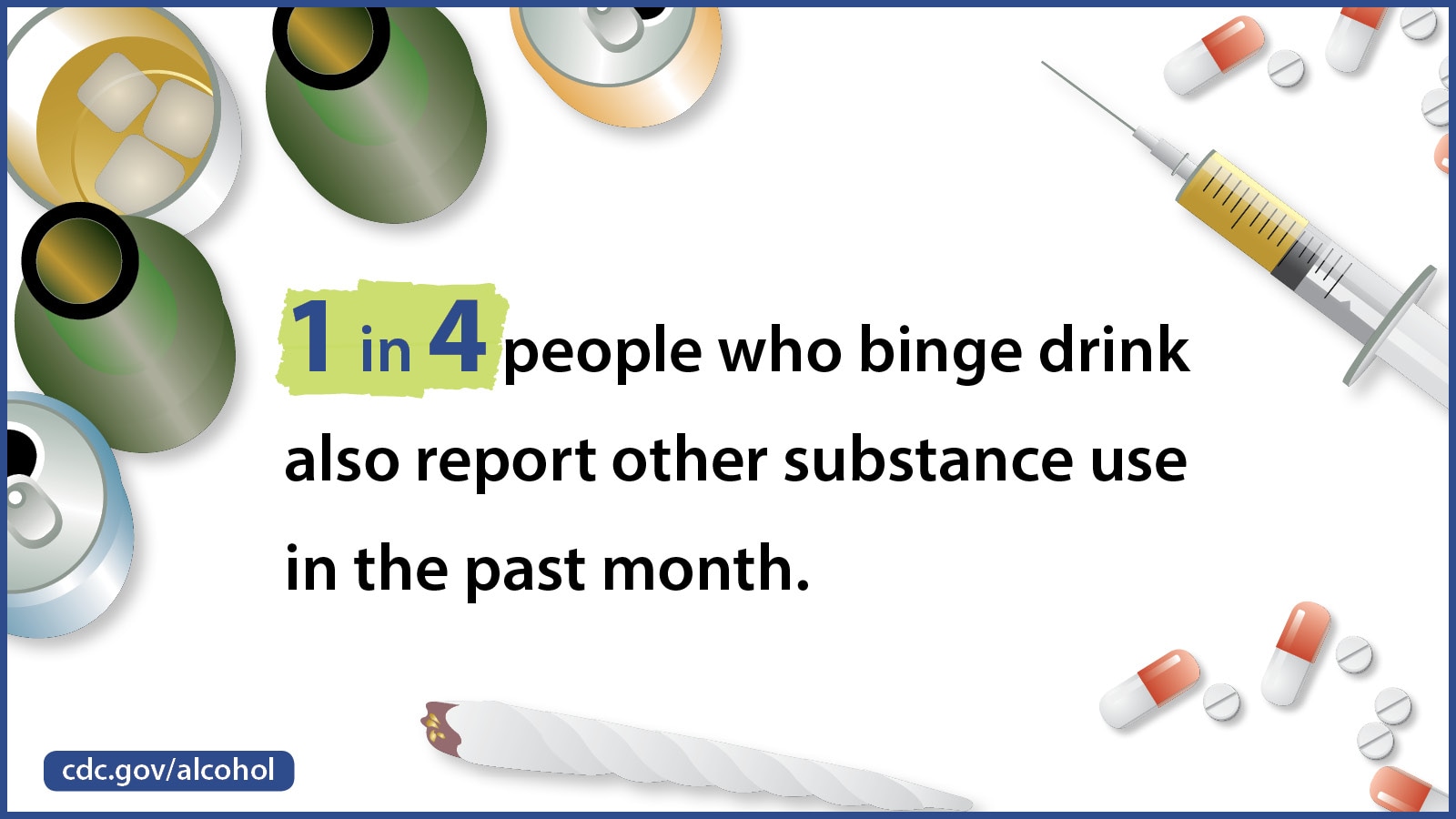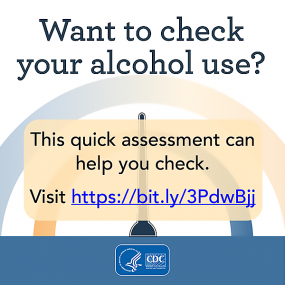Alcohol and Other Substance Use
Polysubstance use is when two or more substances are used together or within a short time period, either intentionally or unintentionally. Polysubstance use involving alcohol includes drinking and using other substances such as marijuana, opioids, heroin or other illicit drugs, or medications not as prescribed. Whether intentional or not, using alcohol and other substances is unsafe because the effects may be stronger and more unpredictable than one drug alone, and even deadly.
Polysubstance use involving alcohol can increase the chance of health risks including:

- Overdose.
- Injury.
- Violence.
- Risky sexual behavior.
- Chronic disease.
- Alcohol or other substance use disorders.
Alcohol can increase overdose risk.
Using alcohol and certain other substances, including other depressants like opioids or benzodiazepines, together or within a couple of hours of drinking can result in:
- Difficulty or stopping breathing.
- Damage to the brain, heart, and other organs.
- Death.
Drinking alcohol with medications can also cause health problems or death.1 Always check with your healthcare provider before drinking while taking prescription medicine.
How common are overdoses involving alcohol in the United States?
- About 1 in 5 emergency department visits associated with the misuse of prescription medicines also involved alcohol in 2016.2
- About 1 in 7 opioid-related deaths involved drinking alcohol within a few hours of using an opioid in 2017. The proportion of opioid overdose deaths involving alcohol varied by state, ranging from 7% to 29%.3
- Opioid overdose deaths where alcohol contributed to the death increased 41% from 2019 to 2020.4
What factors are associated with higher rates of polysubstance use involving alcohol?3,5

- Being male, younger in age, non-Hispanic Black, or having a lower household income.
- Individual-level binge drinking. People who binge drink are four times more likely to use other substances than people who do not drink.
- Frequent binge drinking. Other substance use increases as the frequency of binge drinking increases.
- State-level binge drinking. States with higher binge drinking rates also have higher rates of opioid overdose deaths involving alcohol.
Harms involving the use of alcohol and other substances can be prevented.
You can:
- Avoid using alcohol when using other substances.
- Choose not to drink or limit alcohol use. If you are an adult of legal drinking age and choose to drink alcohol, adhere to the Dietary Guidelines for Americans on moderate alcohol use (up to one drink in a day for women and up to 2 drinks in a day for men).6
- Talk with your healthcare provider about your drinking and discuss the medications that you are taking to prevent adverse reactions with prescribed medicines.
- Take a quick assessment to check your drinking.
- Support effective community strategies to prevent excessive alcohol use, such as increasing alcohol taxes, regulating the number of places that sell alcohol in your community, or others recommended by the Community Preventive Services Task Force.
States and communities can:
- Use comprehensive and effective approaches to reduce the availability and affordability of alcohol such as by regulating the density of alcohol outlets through zoning and licensing, increasing alcohol taxes, or other strategies recommended by the Community Preventive Services Task Force. These strategies can be used with other strategies to reduce overdoses, such as strengthening prescription drug monitoring programs.
- Enforce existing laws and regulations about alcohol sales and service.
- Develop and strengthen community coalitions that build partnerships between schools, faith-based organizations, law enforcement, healthcare providers, public health agencies, and local, tribal, and state leaders to reduce alcohol and other substance use and its impacts.
- Routinely monitor and report the prevalence, frequency, and intensity of binge drinking (whether people binge drink, how often they do so, and the number of drinks they consume) and other substance use.
- Routinely assess alcohol in toxicology testing in acute care settings and among decedents.
Related Information
Please consult your healthcare provider if you or someone you know needs help with a drinking problem. Other resources include SAMHSA’s Substance Abuse Treatment Facility Locator, NIAAA’s Alcohol Treatment Navigator, and the National Treatment Referral Routing Service available at 1-800-662-HELP. These resources can help you find treatment programs in your community and someone to speak with about an alcohol problem.
